


The global healthcare IoT market is projected to reach $83 billion in 2024. It comes as no surprise that companies are eager to capitalize on this trend, especially as the lines between the Internet and physical products blur. Startups that can successfully blend them together stand to profit the most.
If you want to create an IoT app in healthcare but don’t know where to start — we can help. In this article, we explore modern uses of IoT in healthcare. They can serve as a starting point for your own business ideas.
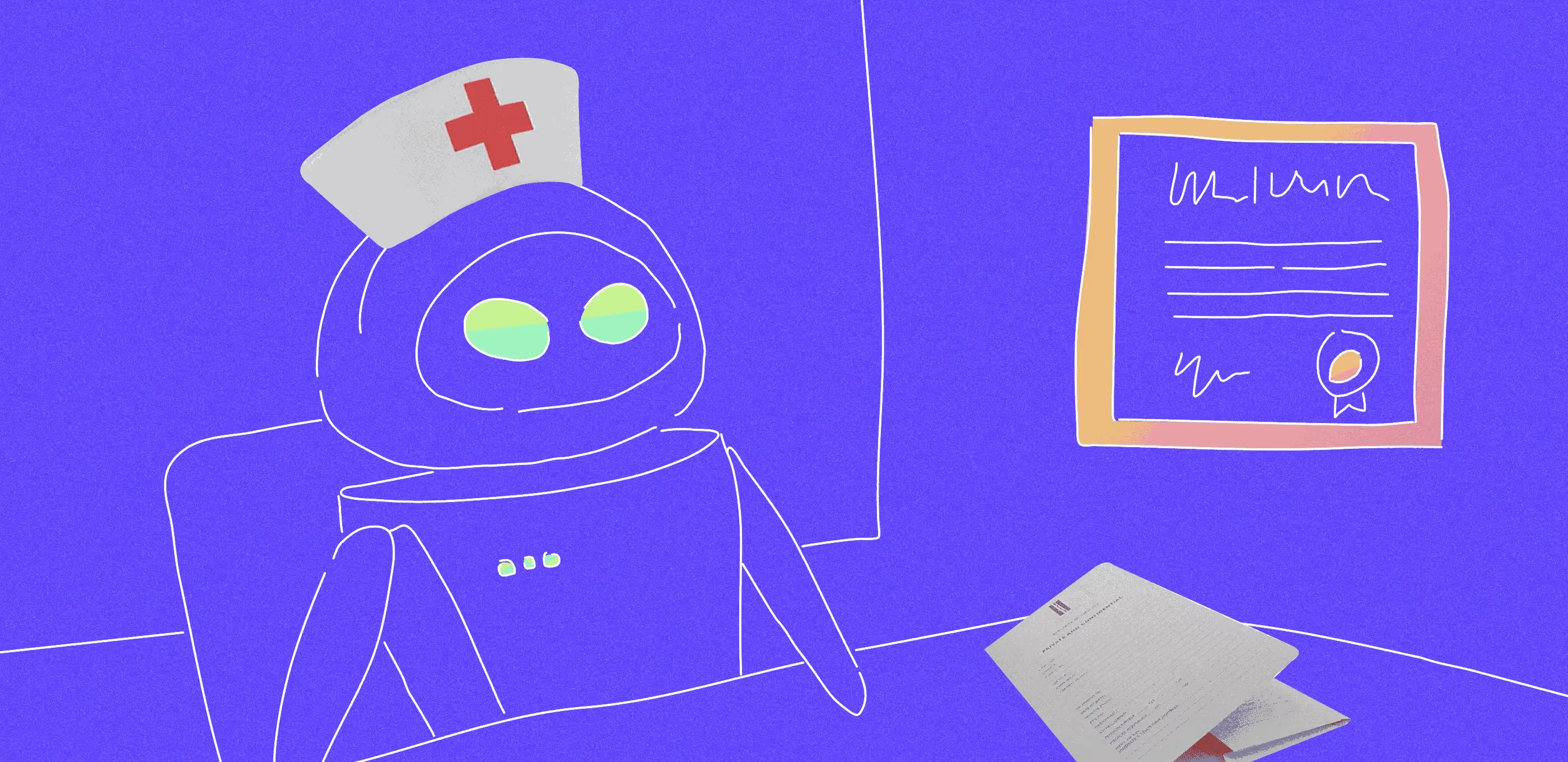
IoT, or the Internet of Things, is a network of interconnected devices that share data over the Internet. It is used everywhere, from oil and gas industry to retail. In healthcare, they can include things like health trackers, hospital equipment, and medicine dispensers, but interacting with them can seem daunting. So, it’s unsurprising that many consumers are eager to use their smartphones or the Internet to control these interactions. However, there are additional reasons why IoT is increasingly valued in healthcare.
With IoT, real-time monitoring of patients through connected devices becomes possible. Things like wearable sensors, implants, watches, and so on can be used to accurately track vital signs and send data directly to healthcare providers. It allows doctors to use analytics in order to make informed decisions much faster.
Say a healthcare professional orders a patient to wear a smart heart monitor. Once the device detects arrhythmia or other abnormality, it instantly notifies the doctor. They can quickly provide a diagnosis and stop the condition from getting worse.
IoT can help hospitals attract and retain more clients. It’s done primarily by reducing costs and barriers to entry for patients.
Imagine you’re in charge of a hospital, and you have a potential client named Jane. She’s a digital nomad traveling around the world, and she has a chronic health condition that requires occasional consultations with doctors. If Jane experiences a flare-up, she can’t show up at your hospital in person because a flight back home will cost a fortune. Nor can she go to a local establishment — the doctors over there don’t speak her language.

Ultimately, you get to keep your clients, and they get a doctor who knows their medical history inside and out.
Wearable IoT medical devices can track vital signs with great precision and alert doctors before things get worse. Other technologies, like automated medicine dispensers, eliminate human error by ensuring patients receive correct dosages at the right times. These benefits compound to provide a great CX for patients, improving treatments and healthcare overall.
Now, IoT is steadily transforming the healthcare industry. Physicians, patients, and even insurance companies try integrating IoT into their workflows. Here are a few examples of some IoT use cases in healthcare.
With telemedicine, IoT gadgets along with healthcare apps, ensure a robust user experience. Here’s how it works:
Wearable devices collect key data about patients and their health through close skin contact. For example, a smart band can track blood pressure and heart rate just by being worn on a wrist. Some gadgets may even measure sleep quality and identify disorders like sleep apnea.
Mobile apps act as links between doctors and patients. Apps receive data recorded by IoT wearables and send it to doctors. Based on the readings, healthcare professionals can schedule a video appointment to discuss treatments at length. They can even send patients a prescription online.
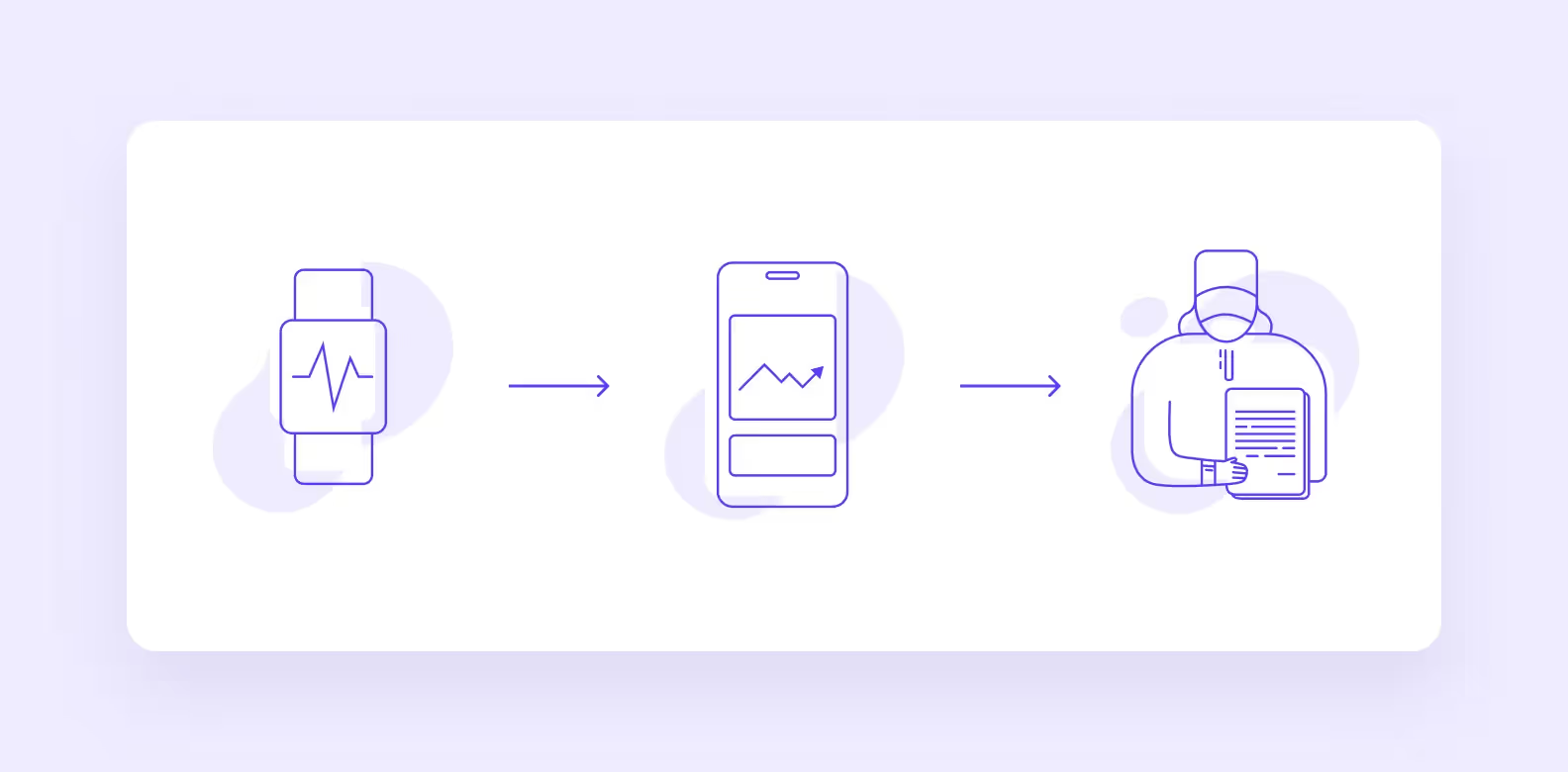
The integration of IoT in healthcare has made telemedicine highly versatile. Patients can utilize it for various needs, from emergencies to routine prescription refills. This is particularly useful for people who live far from hospitals. They don’t have to travel for miles to access medical care.
Implants and wearables provide patients with accurate and personalized data about their health parameters. This information eliminates unnecessary guesswork and lets users make informed health decisions.
Say you have a patient with sleep deprivation. Thanks to IoT devices, they don’t need to estimate how many times they wake up during the night. It’s the same thing if they suffer from elevated blood pressure. At the doctor’s appointment, your user can provide an exact measurement instead of broad figures.
You could make an IoT app with a personalized health dashboard that displays vital signs, scheduled hospital visits, and other relevant data. Adding AI into the mix is also an option if the patient experiences consistent spikes in heart rate at specific times, AI could detect it and provide insight into potential causes.
This is a critical aspect of healthcare, especially for patients with chronic conditions. IoT devices and apps can help them adhere to a medicine regimen as doctors prescribe.
One way IoT simplifies medication management is with smart devices, like a medicine dispenser. It connects to a companion app. There, users can input their medication dosing schedules, track drug interactions, and more.
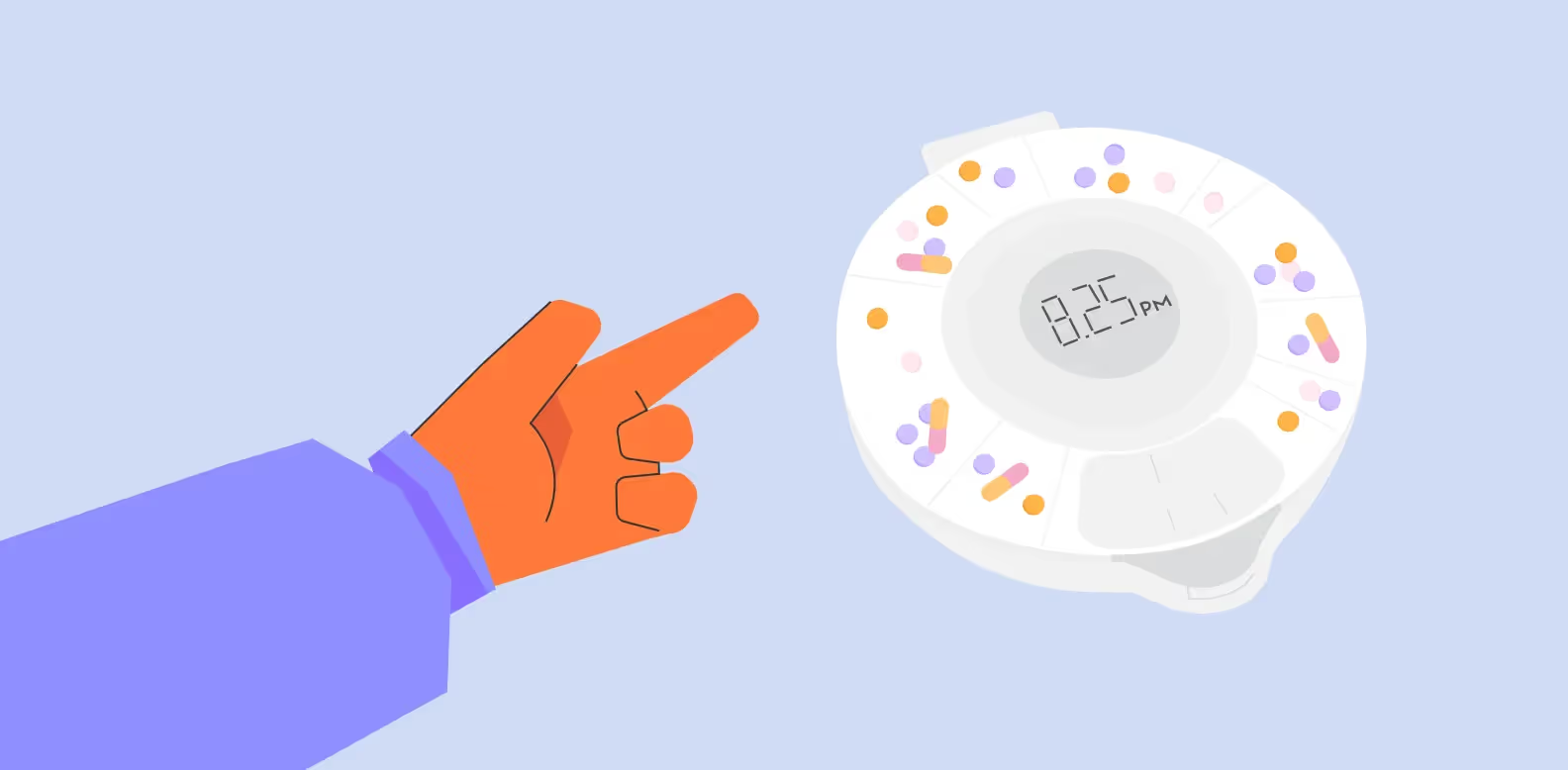
IoT devices and healthcare apps allow patients to become more involved in their own health management. They use the IoT app more often → build better habits, which leads to better health outcomes.
Several IoT devices like RFID tags and wireless ID cards help hospitals to track patients, staff, and inventory in real time. This makes it easier to manage patient admissions and monitor equipment. It also helps optimize resource allocation in case of emergencies, like a sudden influx of patients. IoT technologies allow healthcare providers to keep track of their items, ensuring that nothing gets misplaced. This can also prevent overstocking.
Environmental IoT sensors can also save hospitals money by detecting sudden changes in temperature and humidity inside the facility. It’s crucial for sensitive biological samples, vaccines, and medicine — the unregulated temperature could reduce the efficacy of drugs or even make them toxic.
Robotic surgery combines implants and IoT devices with advanced imaging and real-time connectivity, allowing surgeons to perform complex operations with greater efficiency.
Some IoT devices used in robotic surgery include things, such as ingestible pills with high-definition cameras that provide a magnified view of the human organs, or robotic arms that can be controlled by a doctor through a console. IoT allows for real-time data transmission during procedures, which prevents complications and streamlines surgical team performance.

IoT in healthcare has the potential to massively improve surgeries, from preoperative planning using imaging techniques to create 3D models of the patient’s anatomy to surgery itself and follow-up care.
The healthcare industry has welcomed many IoT startups and companies in recent years. We’ve outlined 5 successful businesses using the Internet of Things and generating profit below.
This company has created a personal ECG device designed to help users monitor their heart health. It allows patients to record medical-grade electrocardiograms and save data to their smartphones.
Alivecor designed a medical device that’s as light as a credit card. It can detect the most common arrhythmia patterns and other irregularities like atrial fibrillation, which is a significant risk factor for stroke and heart disease.
The accompanying app provides real-time feedback and can share results with doctors in case of an emergency.
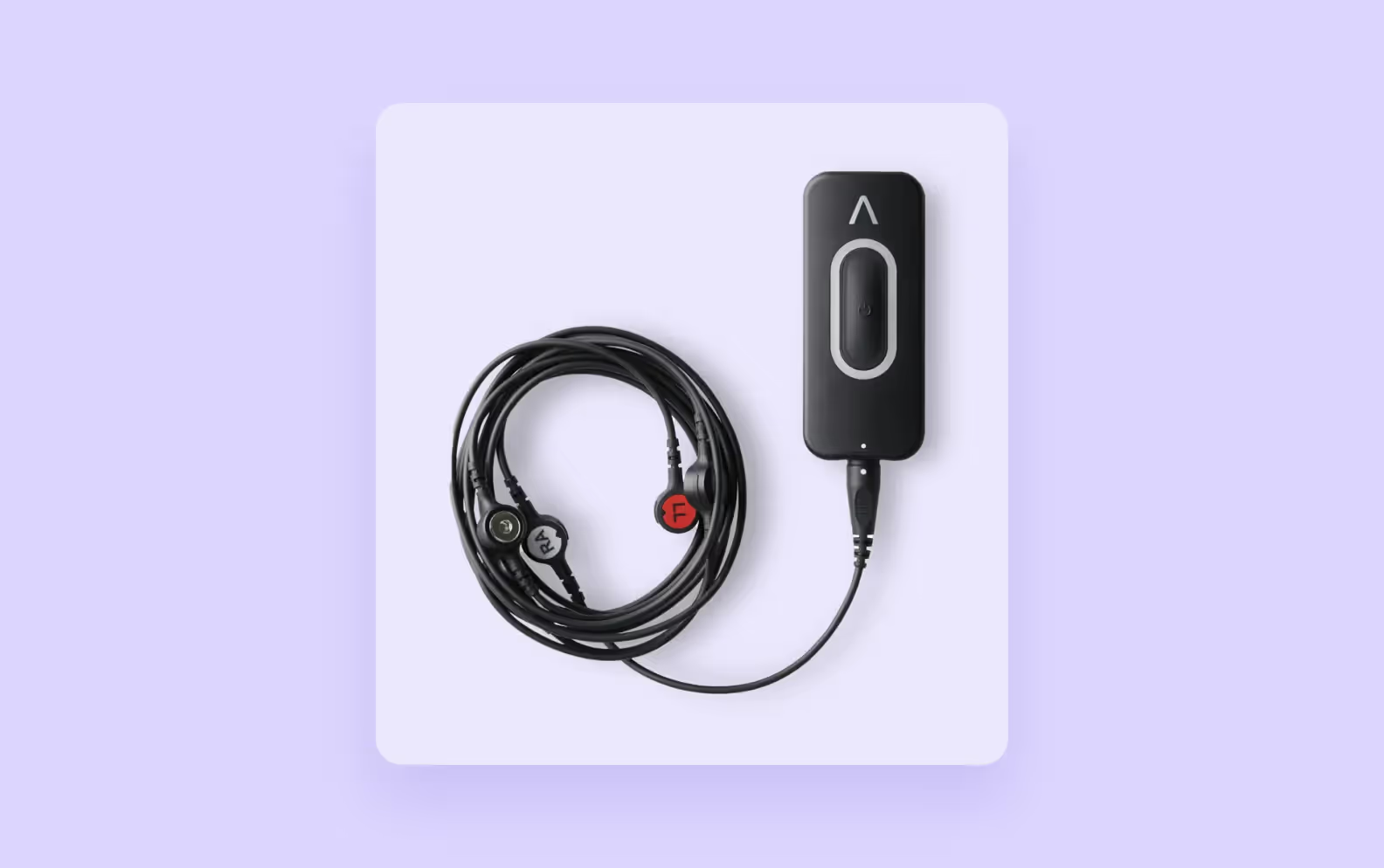
Karius produces and distributes a biopsy service for infectious diseases. It’s a test designed to detect different pathogens without resorting to invasive procedures.
Patients only have to provide a single blood draw, and the AI algorithms do the rest. They analyze genomic data, microbial DNA, and so on. The blood specimens are quickly collected and studied by the company, with a detailed report typically available the next day. In the end, patients get accurate results about what kind of pathogens they have and how likely they are to fall ill.

This company distributes advanced blood glucose meters and other IoT devices for weight and diabetes management. Their tools upload blood sugar readings directly to the Livongo app. Then, users receive personalized advice from experts and coaches. If blood glucose levels are outside the normal range, doctors can leave notes in the app, like what medication to take.
Another IoT device they sell is a smart scale. It tracks weight trends, assists users in setting goals, and monitors their progress. This IoT device sends data directly to the app, providing users with accurate reports on their weight management journey.
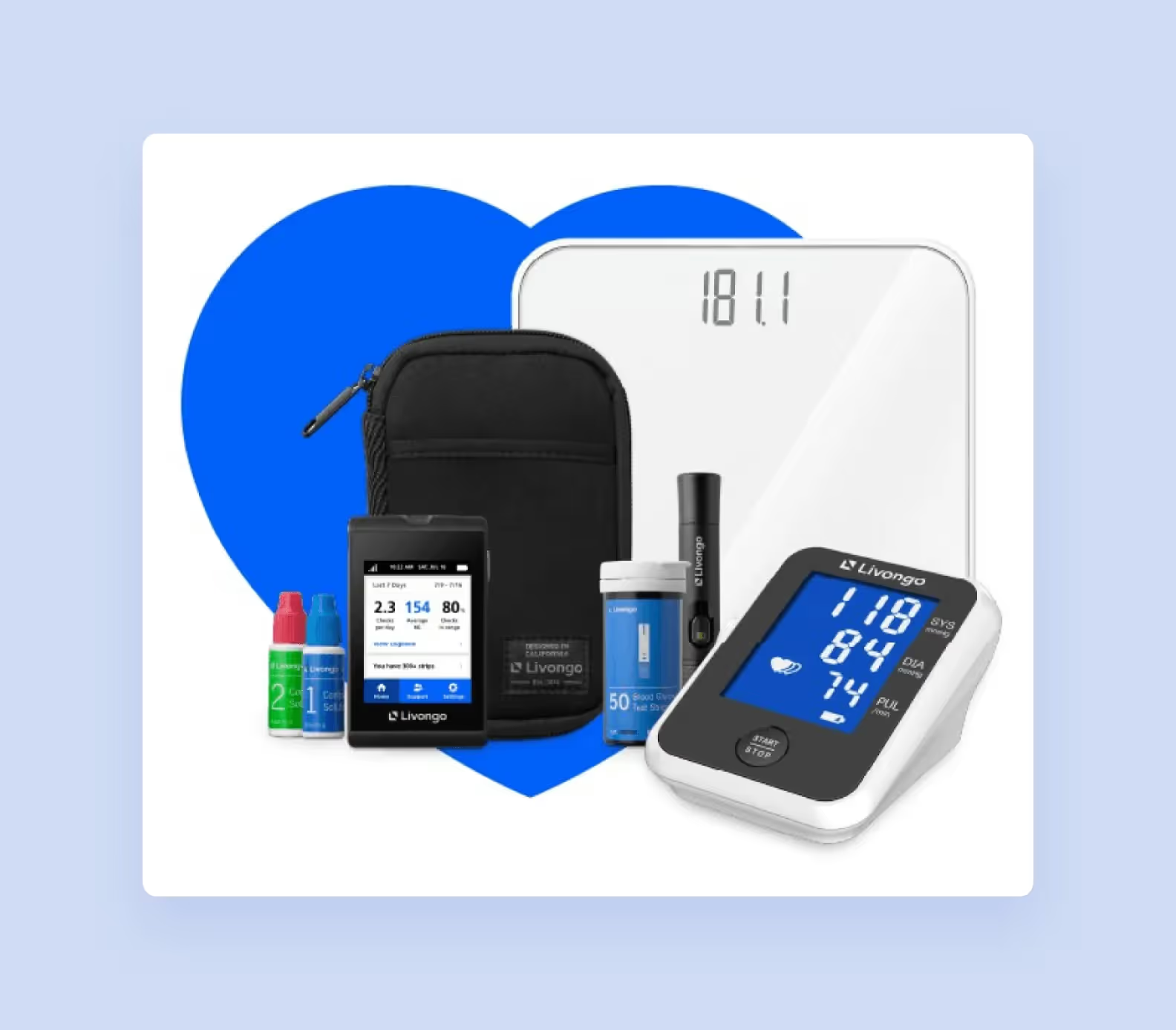
Eyenetra is designing devices focused on providing accurate measurements for glasses prescriptions.
Their IoT tools help users self-test for nearsightedness, astigmatism, or other refractive conditions. To perform the tests, patients install a companion app, attach their phone to the binocular headset, and look through it to align patterns. Once the eye exams are finished, users save details about their eye health in the app. It can later be used to get a prescription for glasses.
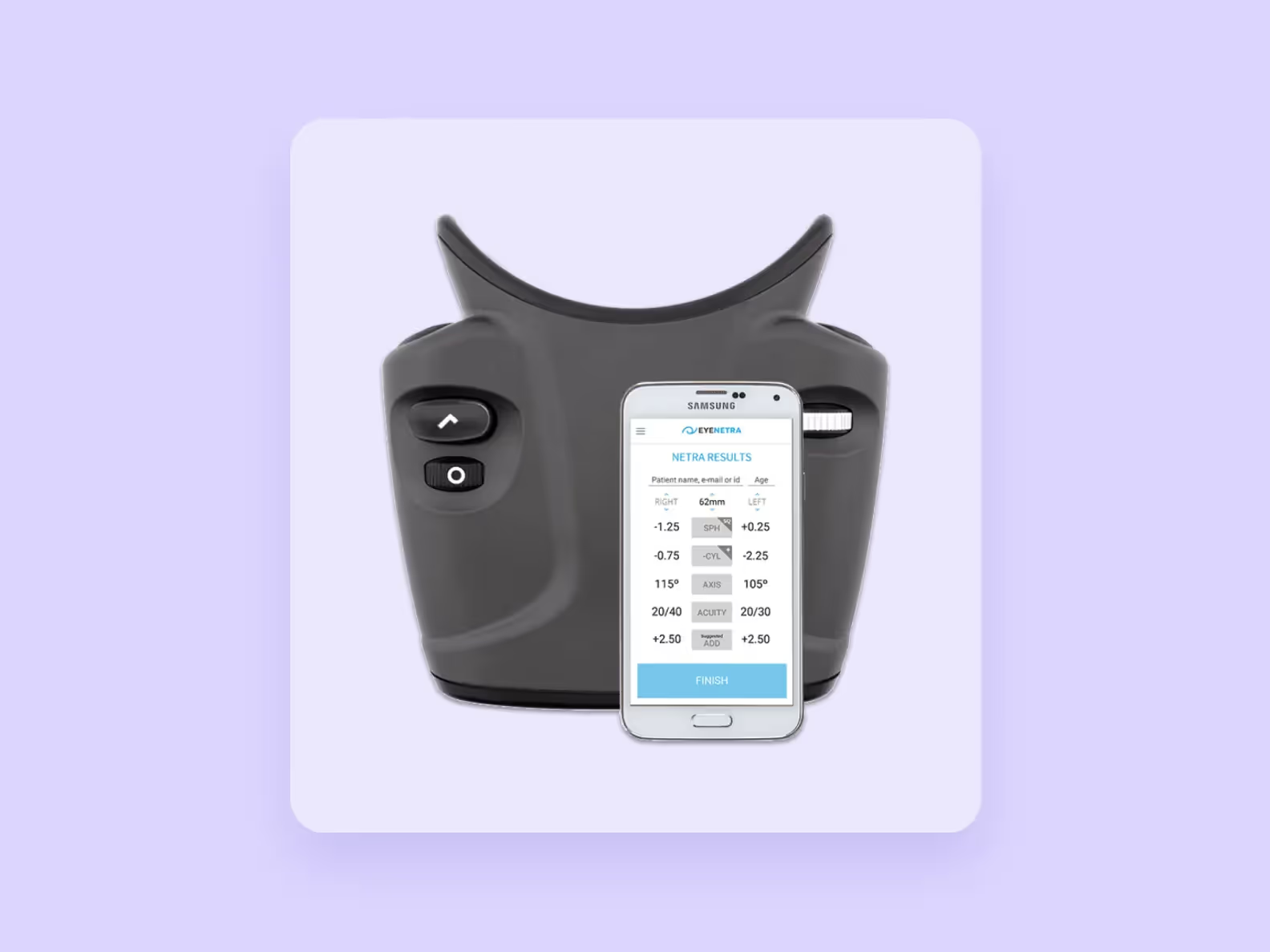
Muse is an EEG headband that measures biosignals and brain activity. It also has a companion app with guided meditations, and a dashboard with progress reports, courses, and other useful content.
During the day, Muse gives real-time audio cues. With their help, users improve their focus, become more productive, and regulate their emotions better.
At night, it tracks heart rate, breathing, and sleep quality. The headband can also read bedtime stories and make soothing sounds that help users fall asleep.

At Purrweb, we believe that the development of the Internet of Things is the future. We’ve been developing apps from scratch for over 10 years — our portfolio won’t lie. In this section of the article, we’d like to provide cases directly tied to healthcare and IoT development.
Two cases come to mind: My Therapy Assistant and Clearstep.
My Therapy Assistant is an online psychotherapy service based in the UK. We developed it for over 8,000 hours, which included features like video calls, chats with healthcare providers, and notes.
Speaking of peculiarities of the Medtech sphere, we’re no strangers to convoluted legal issues and strict laws. The clients over at My Therapy Assistant wanted to provide insurance coverage for patients. We made it happen by integrating the app with HealthCode, the largest British health-tech service. Despite setbacks, like HealthCode using outdated APIs, our developers made the app smooth and easy to use.

Clearstep automates preliminary diagnosing and appointment scheduling. Patients can record symptoms and relay them to a chatbot. The bot asks clarifying questions to offer insights into the potential causes of their problem. After that, users get test recommendations and can schedule appointments with a doctor.
Doctors can use this app too — they have a dashboard that shows patient details, lets them prioritize cases, and quickly access the chats.

We can develop IoT apps in almost any niche. Take a look at two products we’ve helped create: Energo and Vendify.
Energo is an IoT app designed for power bank rentals. Users can use the app to find a charging station with power banks, scan the QR code at the top, and charge their devices.
This app is a classic case of IoT tech. One part interacts with users, while the other sends data to the charging stations. This happens thanks to a special SIM card inside the charging station: it processes incoming queries from the app.

Vendify is an app for smart fridges that sell fresh food. The user scans a QR code on a Vendify fridge, which then automatically unlocks. All that’s left is to take the food they want, as the IoT fridge tracks everything in real time. Then, it calculates the total cost and seamlessly processes the payment.
Our team developed the app from the ground up. We designed an intuitive interface, coded it, and integrated key features.
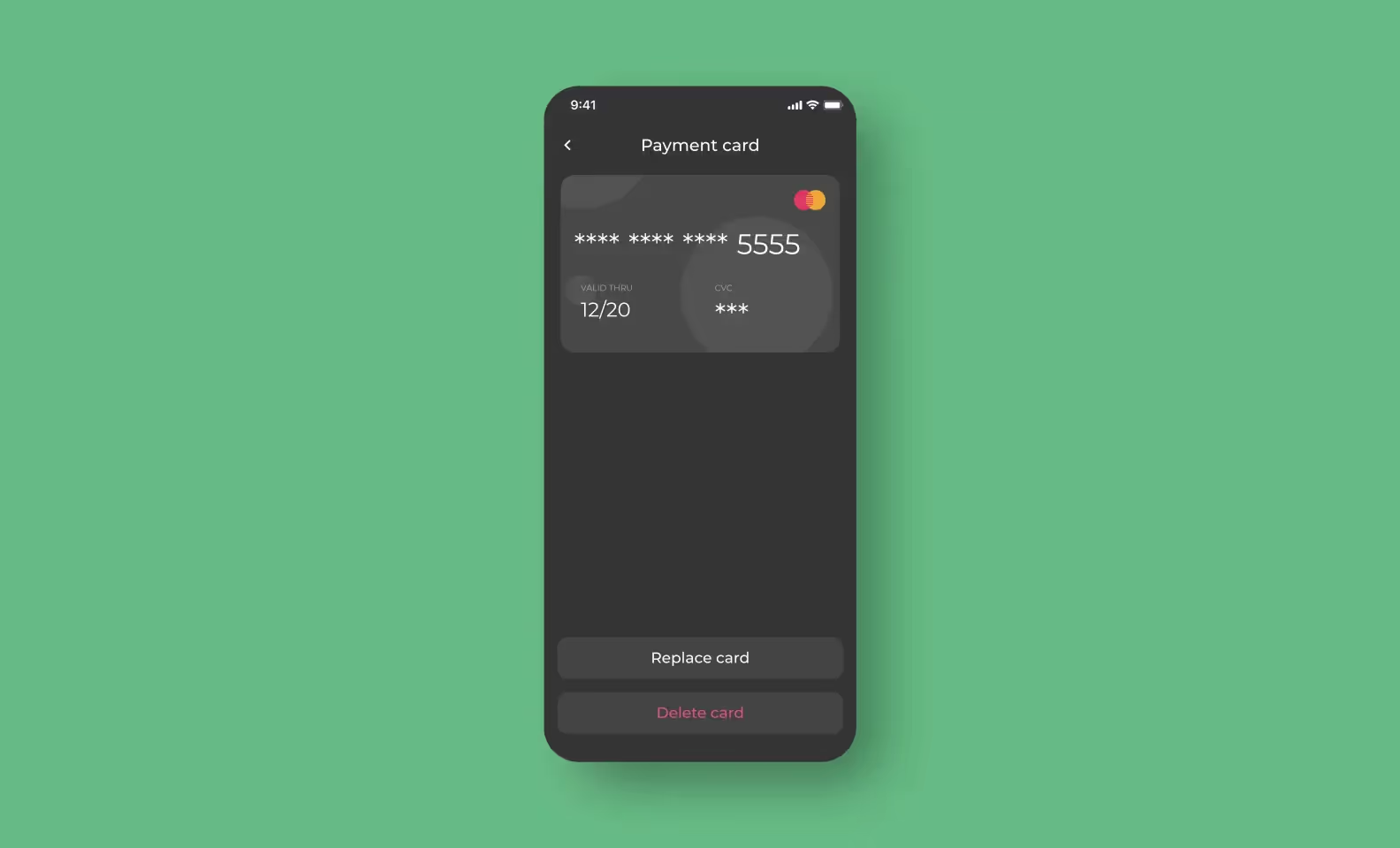
➡️ Do you have an idea for an IoT healthcare service? Purrweb would love to help you bring it to life. Our team will take your project through every stage of the development process. Reach out to us <a class="blog-modal_opener">using the form</a> — we’ll turn your concept into an MVP, perfect for gauging the market and gradually scaling the project.